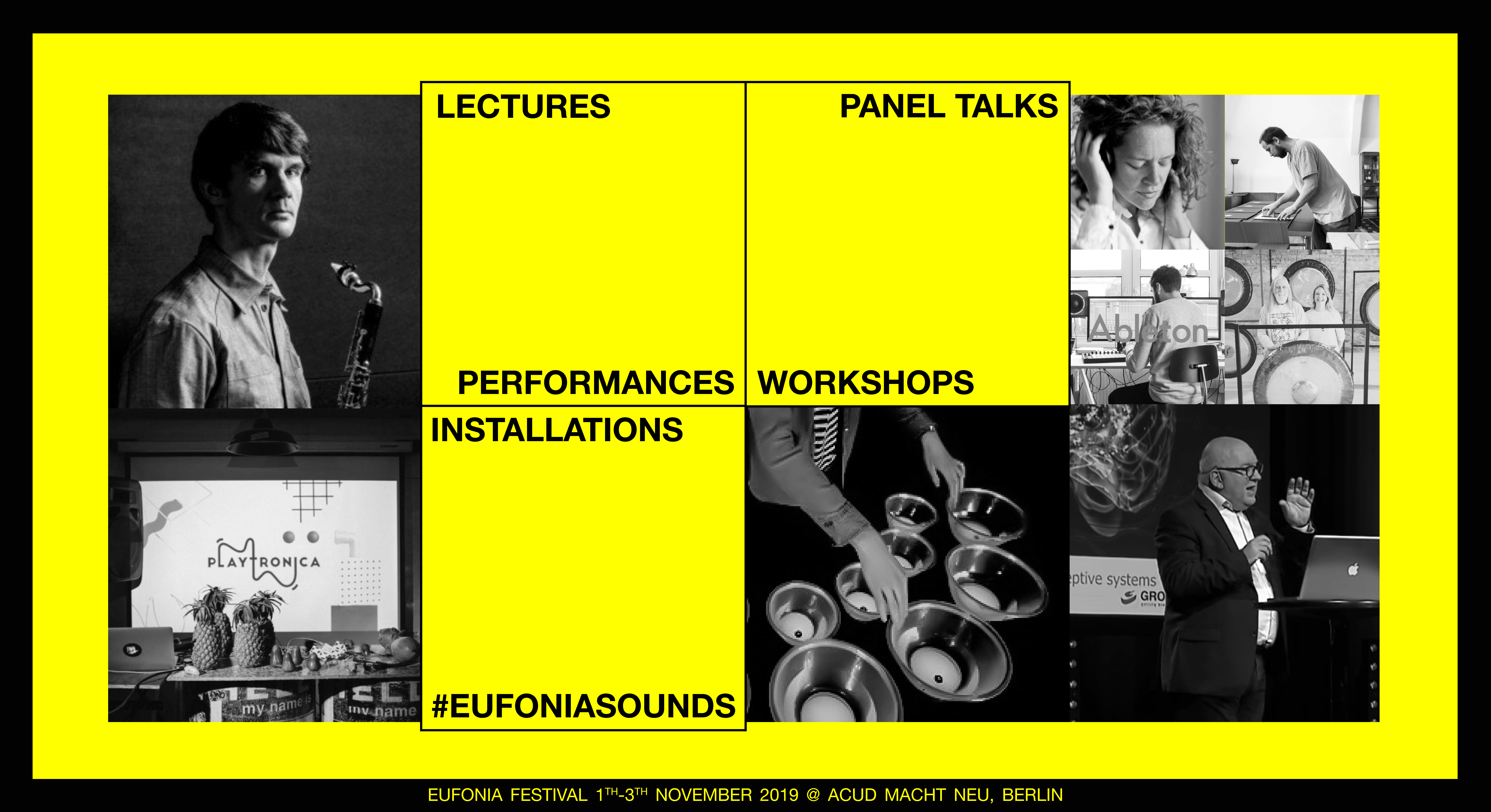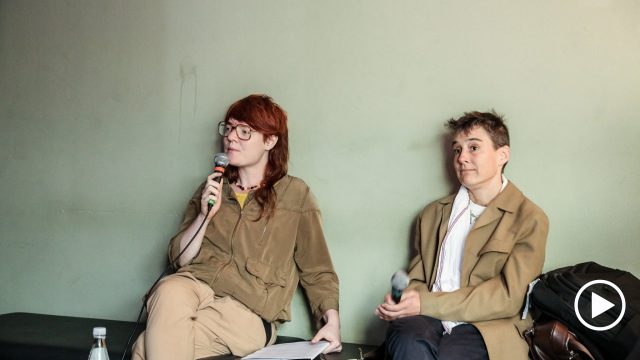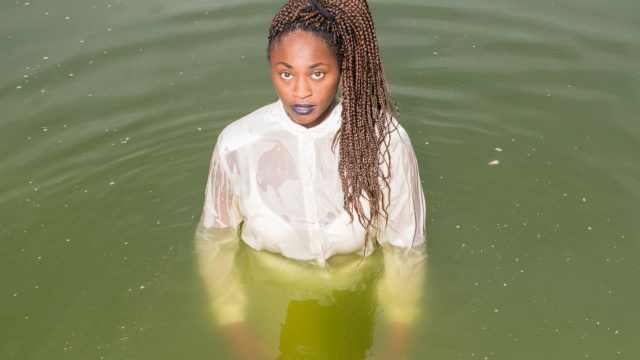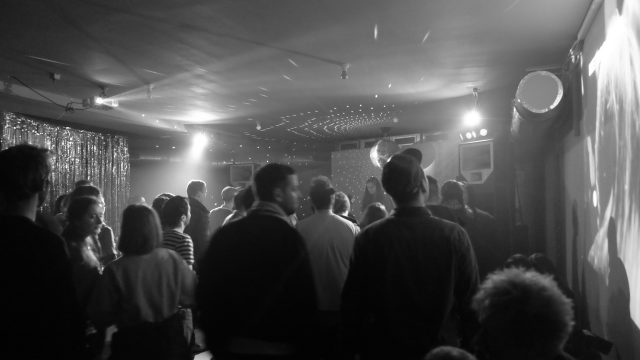Next November 1, 2, 3th of November, Acud Kunsthaus will be the carrefour of « Eufonia » a promising festival at the intersection of sound, art & science. We met Natasha Siemaszko, Francesco Spaggiari and Pierre Leveque – founders of the project to know what to expect from those three days.
Dear Eufonia Team, we are pleased to meet you to hear more about this upcoming three-day festival orbiting around sound from different perspectives: Education, Innovation, Health and Art. Can you tell us how you built this cross-functional approach?
Sound is such an important part of our lives and has its relevance in pretty much every domain. The initial idea was to create a festival exploring in depth both the science and art behind sound. From this we found these four major pillars in which a wide palate of talks, installations and performances fit into. Sound is critical in Education; from its prominence in communication to its potential to improve teaching methods. Sound is at the forefront of innovation and recent technological development is always creating exciting new possibilities with sound. Sound has always been tied with health in both a positive and negative way depending on the sound and situation; for example with the power it has to relieve or create tension. Finally, sound can be explored as an Artform, evoking an array of emotions, most notably with music but also with more abstract uses of sound in combination with other artforms. We have therefore created an interdisciplinary festival showcasing the areas where sound meets multiple aspects of our lives.
The programme is extremely rich and goes from brainwaves, A/V Installations, Noise Performances to the Meditative Sound of Gong. What are your highlights? What should visitors not miss?
The program is extremely vast and we are excited by every artist, researcher, innovator and educator involved; there will be something for everyone and also the possibility for the audience to form interests in new areas of sound they may not have been aware of. Our wide variety of talks include Troi Lee the founder of Deaf Rave who will give a talk and Q&A session on his experiences with and love for sound, John Groves who will explain how sound is used in branding in the business world and the artist Juliana Hodkinson alongside the psychiatrist Nicolas Lorenzini and the neurologist Nicolas Endres who are involved in a panel talk on silence.
We have installations from the likes of Mathew Herbert exploring the physical capabilities of an Adam studio monitor, Xantrax setting up an interactive musical composition in which the audience has an abstract but comprehendable control over the evolution of the musical piece and Atelier Francesco filming throughout the duration of the festival people’s reactions to a progressive musical composition for an exciting audio/visual installation set up on the last day.

An innovation fair will be set up displaying innovative products and services. How might they change our future way to listen and hear? Should we put more attention on sound to get a better future?
Yes, focussing on developments in sound can only enrich our future. Developments have already been made changing the way we can listen to and perceive sound. We have invited Subpac who have engineered a backpack that translates sound into kinetic energy which is felt by the observer. This development is a particularly exciting one for deaf people, giving them an immersive way to experience and feel sound. Innovative advances are able to help with noise pollution, a prominent aspect in our daily lives that can have negative medical implications. CAE Systems will be showcasing their acoustic camera, a hand-held device built around a vast number of microphones which can be used to find the exact source of specific sounds so that these can be removed to reduce noise pollution in our lives.
You’re also talking about Sound and its relationship with the other senses – how it is accessible through touch and smell as well as how it can speak visually whilst physically moving the body. In which kind of installations and performances can your audience experience this phenomenon?
Sound being translated to other senses is particularly fascinating and we hope to create new experiences for the audience using this process. One example is an installation from artist MaxJoy, “connected sounds”, in which a combination of immersive sounds, odours and lights ascending through Acud Macht Neu’s staircase will allow observers to refresh, stimulate and sharpen their senses in their transition through the levels. Another installation, set up by Playtronica, will be translating sound into touch. They will use a number of fans through which a musical composition will be played so that the music is felt instead of heard. On top of this, the ‘Stimuli’ performance from Filippo Guida explores sound and its relationship to other senses through his multi-sensorial musical composition. There will be a few more surprises during the festival delving into this relationship; so for those who are interested by this we invite you to come experience the wide selection we have on offer.






